From AI to safety: Indian Railway’s tech transformation blueprint by Alstom
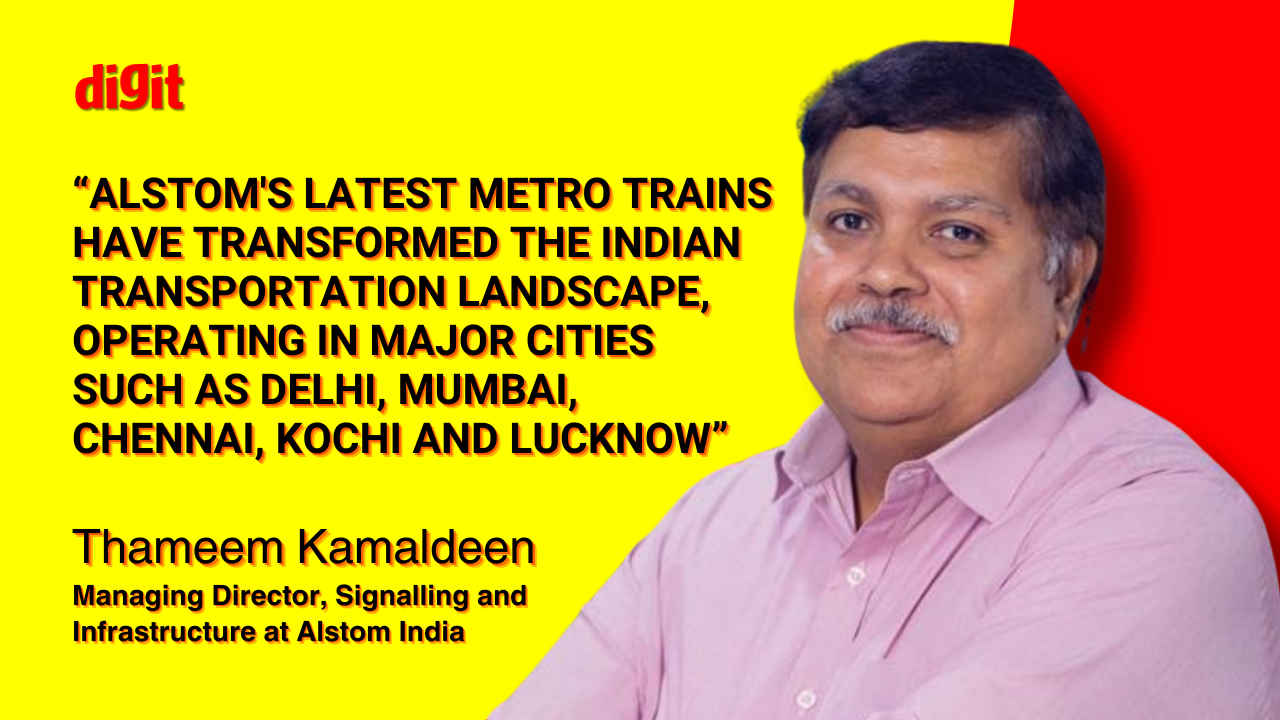
India’s railway network is not only one of the largest in the world but also the lifeline of the nation’s transportation system. With a shining legacy of 160+ years and over 23 million passengers relying on Indian Railways every day, the need for enhanced efficiency, safety, and sustainability has never been more pressing. In this context, Alstom, a global leader in railway technology, is playing a pivotal role in transforming the Indian railway landscape through cutting-edge innovations and strategic initiatives.
The modernisation of Indian Railways is essential not only for improving the travel experience but also for bolstering the country’s economic growth by facilitating the seamless movement of goods and people. Alstom’s involvement in this transformation process is particularly noteworthy, given the company’s focus on integrating advanced technologies such as AI, cybersecurity, and eco-design into the rail infrastructure. These efforts are aimed at addressing some of the most pressing challenges facing Indian Railways, including the integration of legacy systems, cybersecurity threats, and the need for sustainable practices.
Also read: India’s Technological Transformation: A Closer Look in Numbers
In an exclusive interview with Thameem Kamaldeen, Managing Director – Signalling and Infrastructure at Alstom India, I explore how Alstom is leveraging its global expertise and India’s engineering talent to develop solutions tailored to the unique challenges of the Indian railway system. From enhancing passenger safety with AI-driven signalling systems to supporting Indian startups, edited excerpts from the interview follow:
Q) What are some of the pressing modernisation and efficiency challenges of the vastness of India’s rail network?
India’s vast railway network is undergoing a digital transformation, bringing significant benefits. However, this progress comes with new security risks. Here’s a breakdown of the key challenges:
Integrating modern digital technologies with extensive legacy systems is like laying new tracks alongside centuries-old lines. It’s a complex and costly endeavour, demanding careful planning and significant investment. As railway systems become increasingly interconnected, ensuring the safety and security of data and operations becomes paramount. Cybersecurity risks are a constant concern, requiring robust safeguards and proactive measures. Digital technologies generate vast amounts of data, presenting both opportunities and challenges. Effectively managing, analysing, and leveraging this data is crucial for optimising operations and unlocking valuable insights. Digital transformation requires more than just new technology; it demands a shift in mindset and culture. Managing changes in processes, addressing skill gaps within the workforce, and overcoming resistance to change are essential for successful implementation
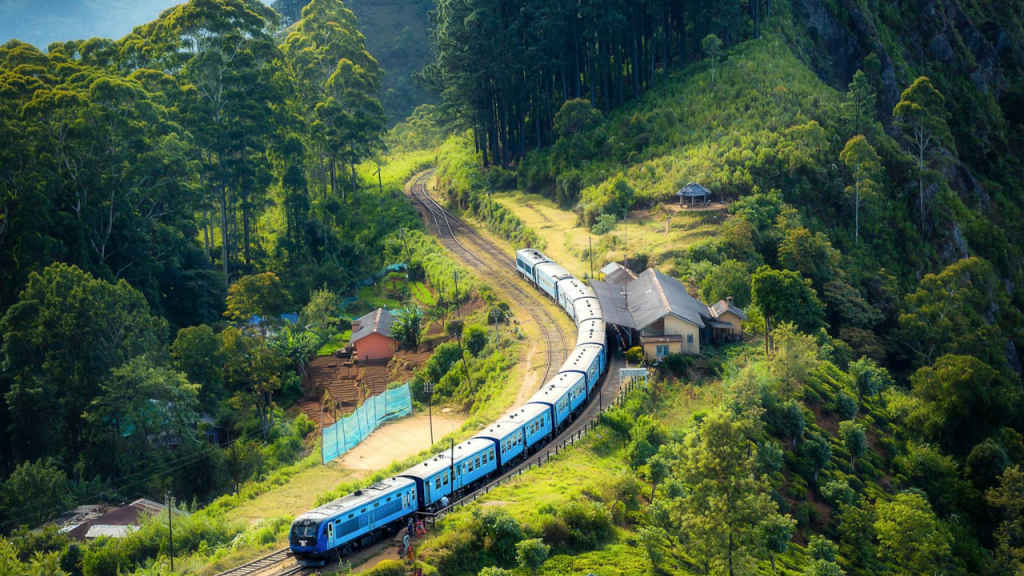
Alstom prioritises security throughout the entire lifecycle of its products and services. This includes secure development practices, vulnerability management, and ongoing threat intelligence monitoring. Our offerings like the ICONIS signalling platform incorporate robust security features. ICONIS uses advanced analytics to detect suspicious activity and ensure smooth train movement. Alstom actively participates in international standardisation committees (IEC 62443) to define best practices and security benchmarks for the rail industry. This promotes collaboration and strengthens the overall security posture of the railway sector.
Q) Given the ambitious target of equipping all Indian railway tracks with KAVACH by 2025, what are the major challenges Alstom is anticipating in terms of integration and its efficient rollout?
It is a great safety direction for the railways in our country. As with any ambition the risks and challenges are to be proactively anticipated and well monitored through the execution phase. Post its maiden deployment of the signalling world reference of ETCS Level 3 hybrid in RRTS, Alstom is keenly exploring the possibility to invest, collaborate and participate in this crucial initiative for India. We are positive that our long standing experience in safety critical signalling systems, including leading metro participation in India, will help us move positively into this direction of providing KAVACH for Indian Railways. We are in the process of strongly exploring ways to make this happen.
Q) How are these advanced signalling systems being adapted to the Indian railway network?
Communications-Based Train Control (CBTC) and the European Train Control System (ETCS) are being strategically integrated into the Indian metros and semi high-speed networks, particularly highlighted by initiatives like the Delhi-Ghaziabad-Meerut Regional Rapid Transit System (RRTS), a world reference in signalling technology. Both systems employ advanced signalling technologies to enhance operational efficiency and safety, marking a significant evolution in India’s rail infrastructure.
Both CBTC and ETCS elevate safety standards significantly. ETCS, through its Hybrid Level 3 signalling, allows trains to operate at close intervals (every 180 seconds) using a virtual block system, greatly reducing accidents caused by human error. Similarly, CBTC employs this approach to ensure safe separation and operation, thus providing passengers with confidence in their travel. Both systems optimise train speeds and maximise turnaround times. ETCS continuously monitors trackside and train-borne equipment, facilitating proactive maintenance through advanced diagnostics. CBTC enhances train punctuality by ensuring timely communication and operational reliability, thus avoiding service disruptions.
Also read: Unlocking Indian tech innovation with IP and AI: Interview with Kyndryl India CTO
ETCS is designed for high-frequency train operations, crucial for busy corridors. This capability ensures seamless train movement even in adverse weather conditions, while CBTC further supports high-frequency operations by allowing closer train intervals, leading to timely services. A major advantage of ETCS systems is their ability to facilitate seamless train movement across different corridors. This interoperability means passengers can travel comfortably without the need to change trains at junctions, significantly enhancing the travel experience.
Implementing CBTC and ETCS necessitates significant upgrades to existing railway infrastructure. This comprehensive overhaul can be logistically challenging and requires substantial investments in technology and physical assets. One of the formidable challenges is ensuring compatibility with existing legacy systems within the Indian railway network. The transition to advanced signalling systems requires extensive training programs for railway staff, including engineers and operators. Developing a skilled workforce capable of managing and maintaining these new technologies is crucial for successful implementation. While the long-term benefits of CBTC and ETCS are substantial, the initial and ongoing maintenance costs can be high. Strategic budgeting and investment planning are essential to address these financial challenges.
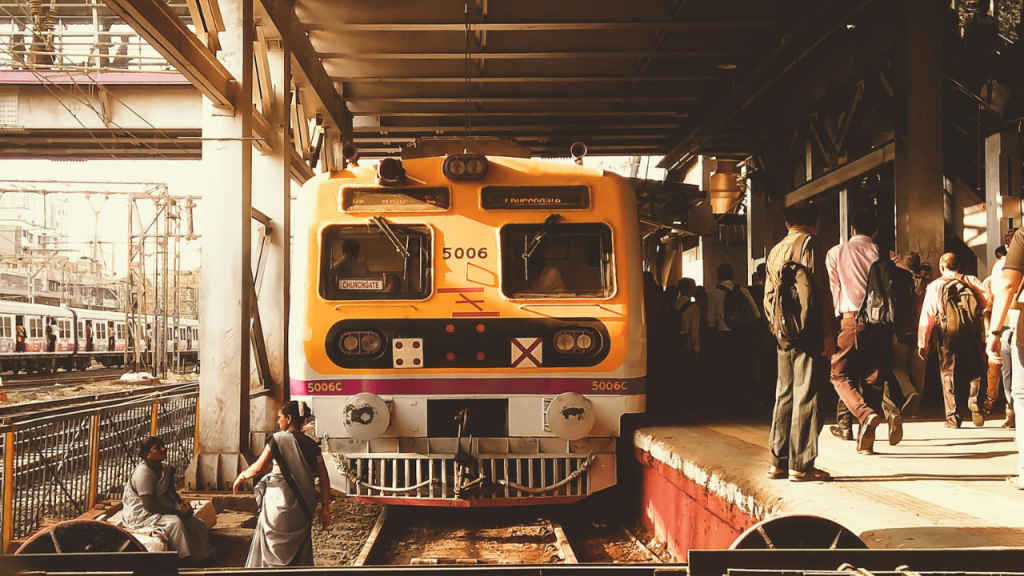
Q) How is AI transforming the role of signalling and infrastructure in the railway sector?
With the advent of modern technology, there has been a shift towards automated signalling systems that use artificial intelligence (AI) to improve safety and efficiency. Amidst India’s “Rail in India Revolution,” Alstom is leveraging the power of AI to create a safer, more reliable, and efficient railway network.
Our pioneering signalling solutions, like Communications-based train control (CBTC) and European Train Control System (ETCS), are more than just signals; they are AI-powered systems transforming trains into intelligent gadgets. These systems process information for trends and optimise operations in real-time, contributing to a more efficient network. We are a global leader in developing algorithm-based safety solutions, contributing 40% of the global R&D in this critical area. This focus on AI-powered safety creates a more secure travel experience for passengers.
Beyond real-time operations and safety, AI is also revolutionising maintenance. Our cloud-based solutions like HealthHub and Train Tracer leverage AI and real-time data to diagnose train maintenance needs. This proactive approach ensures fewer breakdowns and delays, ultimately leading to a more reliable railway network. This commitment to innovation extends to our new Digital Experience Center in Bangalore. Here, cutting-edge technologies like AI, Big Data, LTE, and cybersecurity are combined to create intelligent infrastructure solutions for the future of Indian railways. These advancements are paving the way for a safer, more efficient, and intelligent railway network for the future of passenger and freight movement across India.
Q) Can you share some examples of how Alstom’s algorithm-based safety solutions are improving railway safety in India?
Alstom’s algorithm-based safety solutions are significantly enhancing railway safety through several innovative approaches. We are developing systems that support autonomous train operations, which improve efficiency and reduce human error. Alstom’s AI system utilises machine learning to monitor and troubleshoot radio network behaviour before issues arise, minimising the need for extensive inspections. This proactive approach ensures continuous communication and reliability.
The AI tool identifies disruptions in the train-to-ground radio network caused by factors such as dirt, antenna tilt, or cable wear. This allows for targeted maintenance interventions, reducing unexpected service disruptions. By predicting potential issues, Alstom’s AI reduces the need for routine six-month inspections, allowing maintenance teams to focus only on necessary interventions, thus maintaining service continuity.
The AI system can automatically identify and diagnose complex problems that would traditionally require lengthy investigations, streamlining operations and enhancing overall reliability. Alstom is also working on projects such as automating log analysis in signalling equipment and optimising fleet energy consumption, further contributing to safe and efficient rail operations. Through these solutions, Alstom is not only improving operational efficiency but also ensuring a safer and more reliable railway experience for passengers.
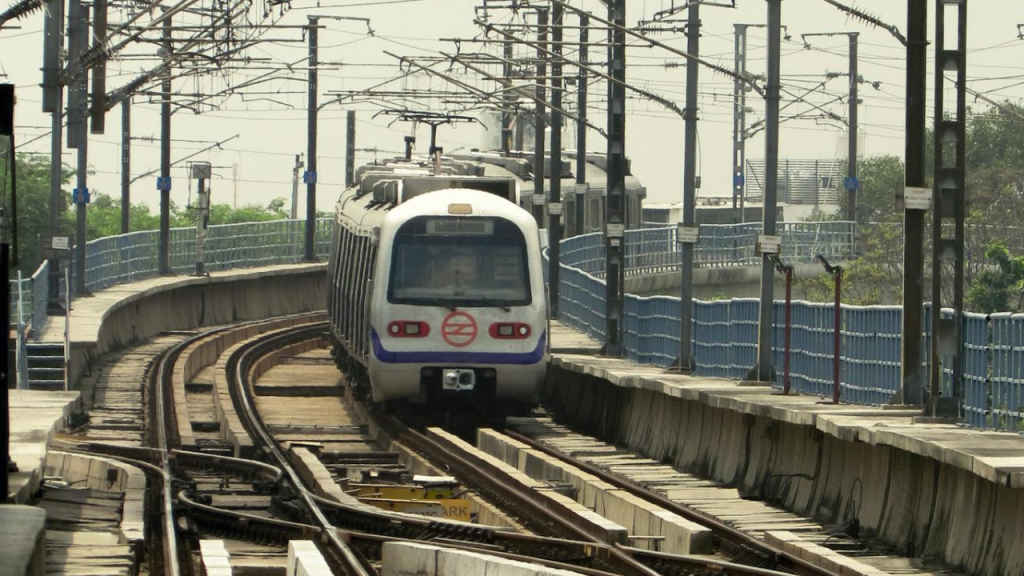
Q) What work is being done to enhance the passenger experience through technology?
Alstom is playing a pivotal role in shaping the future of passenger travel in India. Take, for example, the Alstom-designed Kochi Metro. Its sleek, green turquoise exterior, inspired by the local landscape, reflects a commitment to both aesthetics and sustainability. The distinctive, curved windshield and elephant tusk-shaped LED headlights add a touch of local flavour, while the interior, bathed in calming shades of green turquoise and lemon, creates a sense of serenity and security.
In Delhi, Alstom’s high-capacity MOVIA metro vehicles showcase the power of advanced mobility solutions. These modern trains, designed specifically for Delhi’s infrastructure, offer a glimpse into a future where journeys are smoother, faster, and more reliable.
Alstom’s latest metro trains have profoundly transformed the Indian transportation landscape, operating in major cities such as Delhi, Mumbai, Chennai, Kochi, and Lucknow. These trains represent the pinnacle of advanced technology, focusing on enhancing passenger comfort, energy efficiency, and safety standards. Alongside its metro train offerings, Alstom has leveraged its expertise in Communications-Based Train Control (CBTC) signalling systems for various metro projects across India. This integration has significantly boosted metro operations by increasing capacity, ensuring safety, and optimising efficiency through features like closer train spacing and real-time monitoring.
Q) How is India’s railway system becoming more environmentally friendly?
We don’t just talk about sustainability; it’s a core business principle for us. In 2021/22, over half (51%) of our newly developed solutions were created using this eco-friendly approach, and we are aiming for 100% by 2025. This dedication extends beyond product development. We set high standards for responsible operations in India and globally, aiming for a 90% waste recovery rate and 75% recycling rate.
Also read: 5G in India: After 18 crore users, Ericsson’s Nitin Bansal talks next milestones
In India, we have surpassed these goals with a remarkable 98% waste recovery rate. Our commitment to resource efficiency is evident in projects like the Mumbai Metro Line 3. A staggering 96% of the materials used in our train sets are recyclable, and nearly all (99%) can be recovered. Our metro trains boast a significantly lower carbon footprint compared to cars, with emissions ten times lower. Additionally, our electric locomotives contribute to greener freight transportation, potentially saving up to 79 grams of carbon dioxide per kilometre per ton of goods transported. This aligns perfectly with the Indian Railways’ vision of becoming the world’s first Green Railway.
Q) Can you elaborate on the specific projects and innovations being developed at Alstom’s Digital Experience Center in Bengaluru?
Alstom’s Digital Experience Center in Bengaluru, India, serves as a central hub for research, development, and deployment of cutting-edge railway signalling solutions. This €40 million investment signifies Alstom’s commitment to propelling India’s railway modernization goals. The Center fosters R&D for advanced signalling technologies, aiming to enhance safety, efficiency, and passenger experience. It also aims to localise solutions and accelerate R&D programs within India. This fosters domestic innovation and aligns with the government’s “Make in India” initiative, promoting self-sufficiency in railway technology.
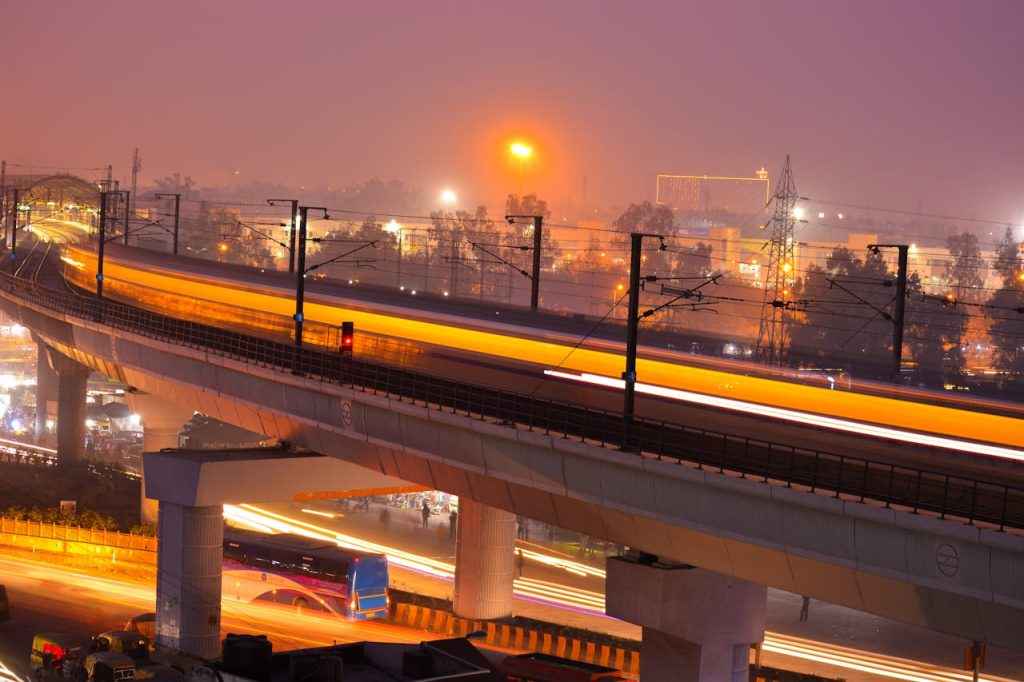
NaMo Bharat signalling technology: The Center facilitates simulations for India’s first semi-high-speed regional train, NaMo Bharat. This demonstrates the Center’s capability to develop solutions for high-speed rail projects, a key aspect of India’s railway modernisation plans.
Mobile-enabled solutions: The Center explores the development of mobile app-based solutions for the railway sector. This can potentially improve operational efficiency, passenger information access, and overall user experience, aligning with India’s goals for a more tech-savvy and passenger-centric railway system.
Intelligent maintenance: AI and Big Data are being used to develop intelligent maintenance systems for predictive and preventative maintenance of signalling equipment. This can reduce downtime, improve reliability, and ensure smooth operation, contributing to India’s focus on efficient railway infrastructure management.
Cybersecurity solutions: The Center’s dedicated Cybersecurity Centre of Excellence addresses the growing need for robust cybersecurity measures in railway operations.
Q) How is Alstom leveraging India’s engineering talent to develop solutions tailored to the unique challenges of the Indian railway system?
At Alstom, a major portion of the 12500+ workforce comprises highly skilled engineers requiring us to be heavily invested in nurturing a skilled workforce across all levels. Looking to the future, we are building the Alstom University Campus in Bangalore, India. This future-focused initiative will be a hub for learning innovation across the APAC region. The campus will offer cutting-edge learning experiences like XR workshops, design thinking sessions, and content creation labs. It will also collaborate with universities, industrial partners, and international organisations to develop groundbreaking new mobility academies.
Also read: Ather Energy: Building scooters for the tech-savvy Indian customers
Recognising the importance of strategic university partnerships, to ensure our leaders have the tools they need to navigate the complexities of the railway industry, we have established partnerships with prestigious institutions like ISB (Indian School of Business) and BITS Pilani to offer specialised higher education programs.
Q) How is Alstom collaborating with startups and other technology partners to accelerate innovation in the Indian railway sector?
Alstom is actively collaborating with startups and technology partners through the Sustainability Incubation Program in partnership with NSRCEL at IIM Bangalore. The Sustainability Incubation Program is essential for helping startups develop sustainable technologies, foster supportive policy environments, and create scalable go-to-market strategies and revenue models that focus on climate-centric solutions. Additionally, with a funding grant pool of ₹1.5 crores allocated to high-potential startups, Alstom is not only nurturing innovation but also fostering scalable solutions that align with their vision of clean and green transport.
The inaugural Sustainability Incubation Program cohort yielded impressive results. NSRCEL meticulously selected ten ventures from a competitive pool of twenty startups. These ventures are not only generating a combined monthly revenue of ₹3.1 crore, but they have also secured a staggering ₹22.1 crore in funding from prominent venture capitalists. The program’s impact extends beyond these metrics, attracting a prestigious client roster that includes industry leaders like SEG Automotive, Mahindra Electric, Zypp Electric, Tata Elxsi, Shell Foundation, and Bounce.

Jayesh Shinde
Executive Editor at Digit. Technology journalist since Jan 2008, with stints at Indiatimes.com and PCWorld.in. Enthusiastic dad, reluctant traveler, weekend gamer, LOTR nerd, pseudo bon vivant. View Full Profile




